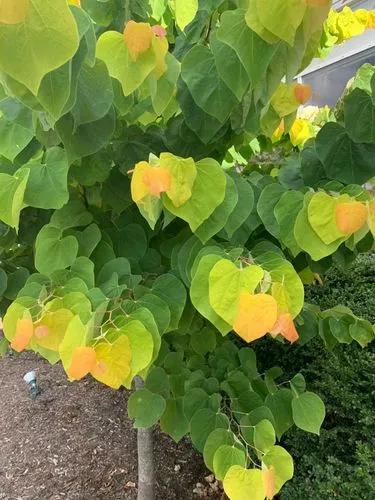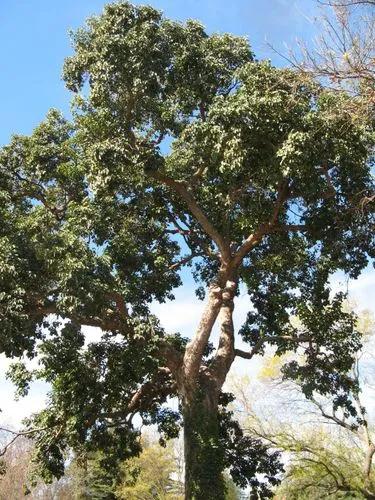Populus balsamifera, commonly called balsam poplar, bam, bamtree, eastern balsam-poplar, hackmatack is a tree species in the balsam poplar species group in the poplar genus, Populus. The genus name Populus is from the Latin for poplar, and the specific epithet balsamifera from Latin for "balsam-bearing".
The light, soft wood of Populus balsamifera is used for pulp and construction. The resinous sap (or the tree's balsam), comes from its buds, and is sometimes used as a hive disinfectant by bees.
Populus balsamifera is the northernmost North American hardwood, growing transcontinentally on boreal and montane upland and flood plain sites, and attaining its best development on flood plains. It is a hardy, fast-growing tree which is generally short lived, but some trees as old as 200 years have been found.
The tree is known for its strong, sweet fragrance, which emanates from its sticky, resinous buds. The smell has been compared to that of the balsam fir tree. Big-tooth aspen is a columnar tree 50-75 ft. tall. Toothed leaves are cottony-white on the lower surface, especially when the tree is young. The slender trunk’s whitish bark, becomes furrowed at base and darker gray with age. Silvery catkins appear before leaves. Deciduous foliage becomes golden-yellow in fall.
Easily distinguishable from Quaking Aspen (Populus tremuloides) by the large curved teeth of leaf edges, mentioned in both common and scientific names. Like that species, Bigtooth Aspen is a pioneer tree after fires and logging and on abandoned fields, short-lived and replaced by conifers. The foliage, twig buds, and bark are consumed by wildlife.










